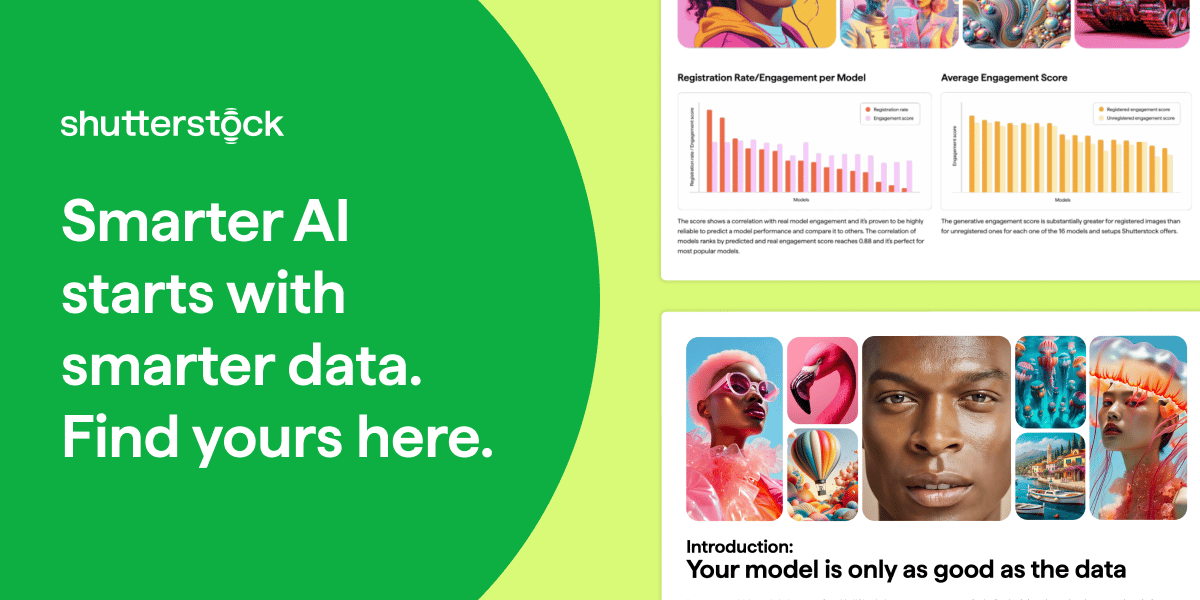- Trace Cohen's Vertical Ai Investor Newsletter
- Posts
- From a $3.8M Seed Check to a $67B IPO: The Figma Story Tech Needed
From a $3.8M Seed Check to a $67B IPO: The Figma Story Tech Needed
A failed $20B Adobe acquisition turned into one of the biggest—and most impactful—public debuts the market has seen in years.
🚀 From a Browser Experiment to a Design Standard
When Dylan Field and Evan Wallace launched Figma in 2012, they were chasing a bold idea: rebuild design software for the web and make it collaborative by default. It was a bet that design tools could live entirely in the browser, scale with the cloud, and break free from the heavyweight desktop software that dominated the industry.
By 2013, Index Ventures wrote the first $3.8M seed check. Over the next decade, Figma went from an invite-only beta to a cornerstone of nearly every modern product team. By 2025, over 95% of Fortune 500 companies were designing with Figma, and annual revenues were pushing $750M, growing almost 50% year-over-year.
💥 The Acquisition That Never Was
In 2022, Adobe announced it would acquire Figma for $20B. At the time, tech markets were battered, IPO windows were shut, and a big deal like this felt like the win the ecosystem needed. Many hoped the acquisition would cement Figma’s place alongside Adobe’s suite and deliver a confidence boost to a struggling market.
But regulators intervened, and after nearly two years of limbo, the deal collapsed and A. It’s rare to see a mega-acquisition blocked, and for months afterward, there was uncertainty about what Figma’s next move would be.
Looking back, the failed deal wasn’t just a setback—it set the stage for something bigger. The IPO that followed wasn’t just a liquidity event; it was a turning point, showing that tech could still produce massive independent winners even after a tough few years.
📊 Funding Timeline
Round | Year | Amount Raised | Lead VC | Approx. Valuation |
|---|---|---|---|---|
Seed | 2013 | $3.8M | Index Ventures | $30M |
A | 2015 | $14M | Greylock Partners | $50 |
B | 2018 | $25M | Kleiner Perkins | $100M |
C | 2019 | $40M | Sequoia Capital | ~$400M |
D | 2020 | $50M | Andreessen Horowitz | ~$2B |
E | 2021 | $200M | Durable Capital | ~$10B |
F | 2024 | ~$416M | Tender | ~$12.5B |
🏛 The IPO That Outshone Everything
Date: July 31, 2025
Pricing: $33 per share, raising ~$1.2B
Market Reaction: Opened near $85, traded as high as $140, and closed at $115, pushing its valuation to roughly $67B.
Oversubscription: Shares were 30× oversubscribed, proving investor appetite for high-quality tech IPOs is very much alive.
In hindsight, had Adobe managed to buy Figma, it would have been a strong strategic win. But the IPO eclipsed that hypothetical outcome—showing what’s possible for independent startups in public markets. It was the win the entire industry needed to remind us why we bet on founders in the first place.
🎯 VC Returns That Define Early-Stage Alpha
Index Ventures: $3.8M → $7.2B (~1,900×; 17.5× fund multiple)
Greylock Partners: $14M → $6.7B (~480×; 10.8× fund multiple)
Kleiner Perkins: $25M → $6B (~240×; 8.1× fund multiple)
Sequoia Capital: $40M → $1.1B (~27×; 1.4× fund multiple)
Andreessen Horowitz: $50M → $1.5B (~30×)
Durable Capital: $200M → $1.4B (~7×)
These numbers underline the timeless truth of venture: early conviction drives the greatest returns, while late-stage checks still ride the wave—but with far smaller multiples.
✅ The Big Picture
Figma’s story is more than a headline IPO.
It’s proof that independent software companies can scale to massive outcomes without being absorbed by incumbents.
It’s a reminder that early-stage venture is where the biggest multiples live.
And after a tough few years for tech, it’s exactly the kind of breakout that restores confidence in innovation, risk-taking, and long-term conviction.
Figma wasn’t just a great exit—it was a much-needed signal that the IPO market isn’t dead, that founders can thrive post-regulatory setbacks, and that the biggest wins often come from staying independent.
Training cutting edge AI? Unlock the data advantage today.
If you’re building or fine-tuning generative AI models, this guide is your shortcut to smarter AI model training. Learn how Shutterstock’s multimodal datasets—grounded in measurable user behavior—can help you reduce legal risk, boost creative diversity, and improve model reliability.
Inside, you’ll uncover why scraped data and aesthetic proxies often fall short—and how to use clustering methods and semantic evaluation to refine your dataset and your outputs. Designed for AI leaders, product teams, and ML engineers, this guide walks through how to identify refinement-worthy data, align with generative preferences, and validate progress with confidence.
Whether you're optimizing alignment, output quality, or time-to-value, this playbook gives you a data advantage. Download the guide and train your models with data built for performance.






Reply